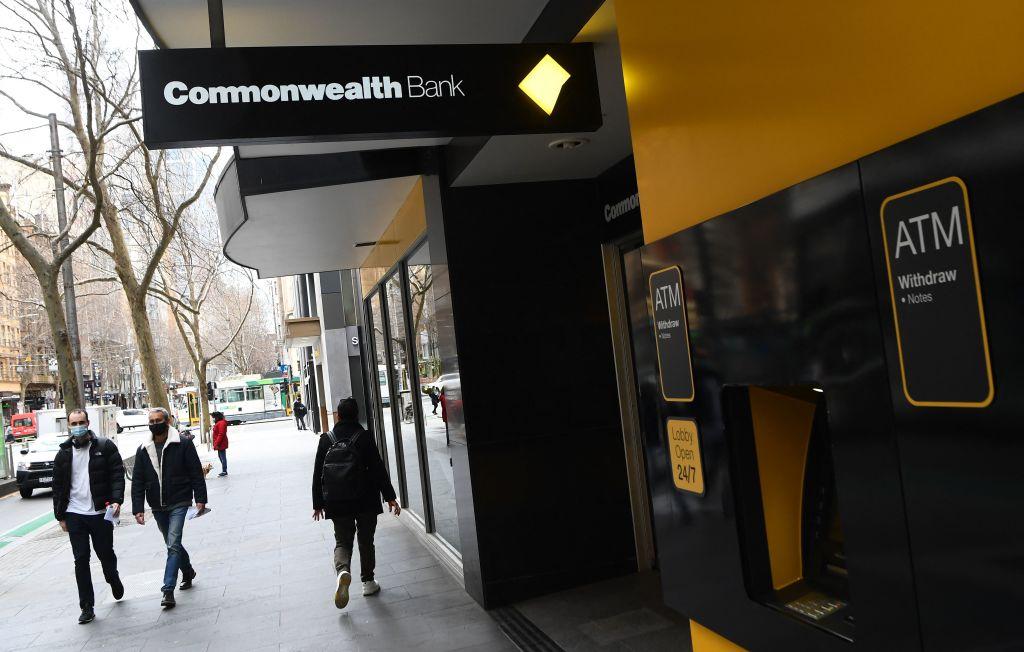A government taskforce involving the big four banks, peak bodies, and Australia Post will examine the impact of regional bank branch closures on the local communities, businesses, and industries.
Regionalisation Minister Bridget McKenzie said it would provide a platform to determine how changes in the banking industry have affected regional communities.





